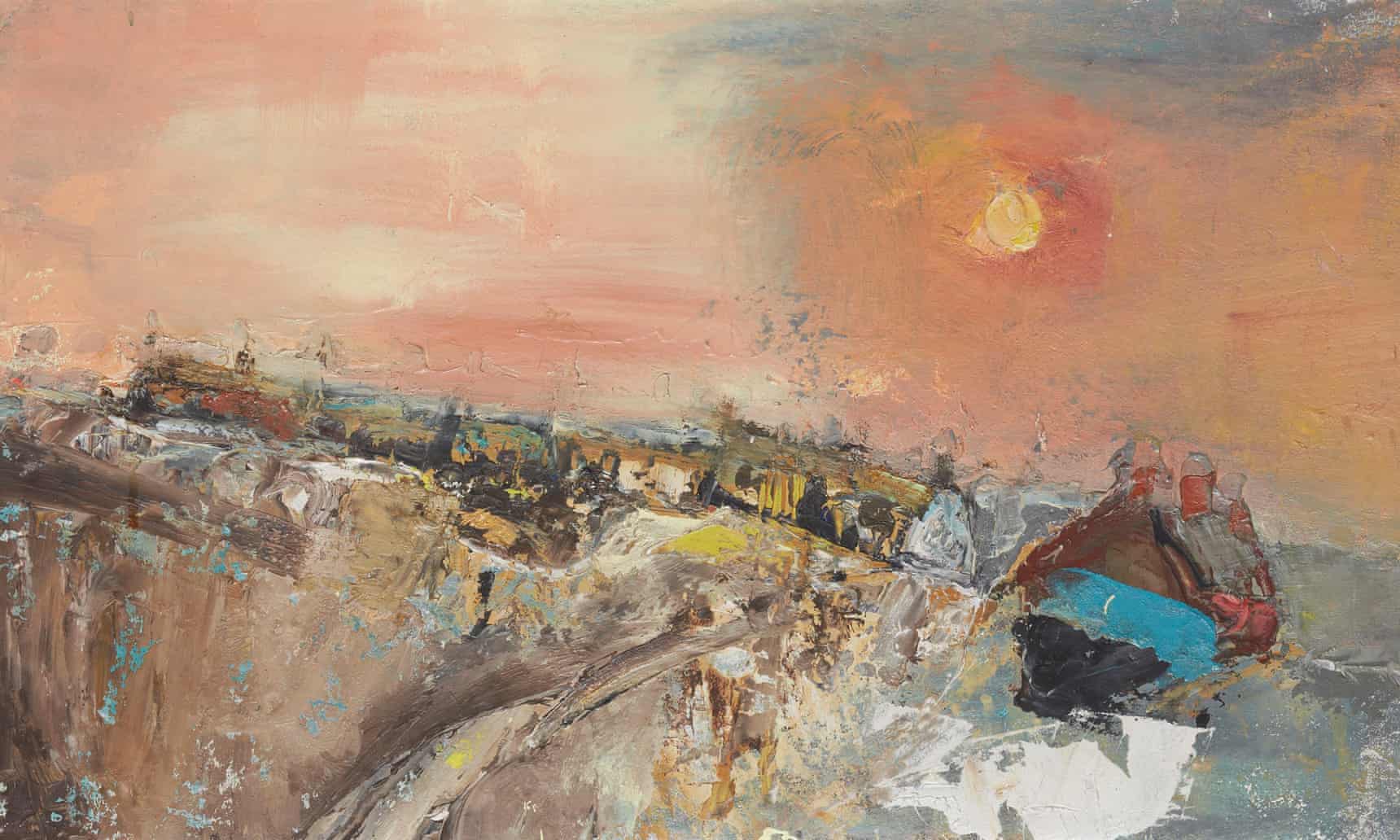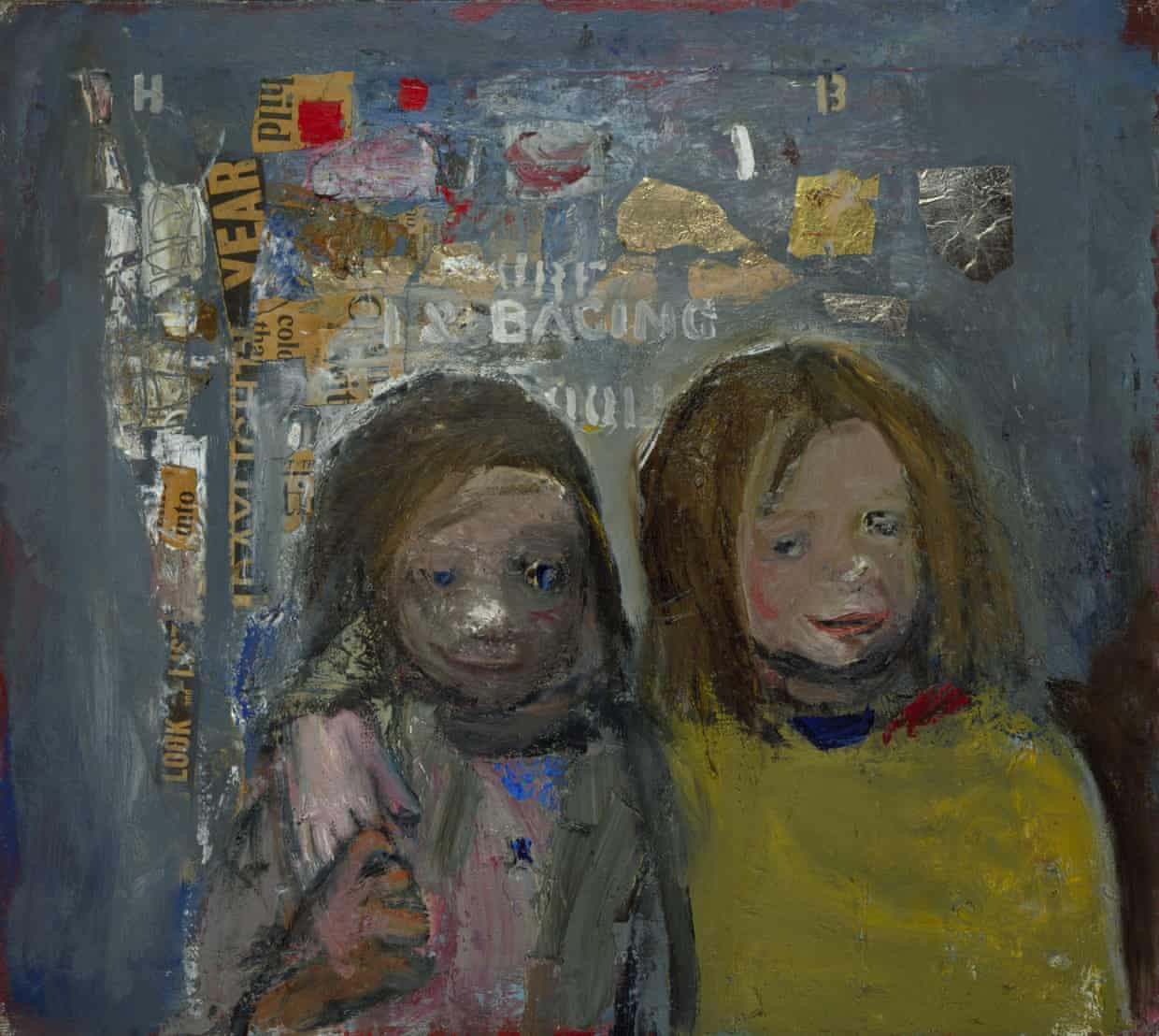
Art
'Painter of stirring genius': call for Joan Eardley centenary show
Critics and family say recognition of one of Scotland’s most significant artists is long overdue
by Libby BrooksShe is regarded as one of Scotland’s most significant and original artists, whose achievement of international recognition was unkindly stalled by her death from breast cancer at the age of 42.
Now Joan Eardley’s family, friends and multitude admirers are calling for a major exhibition as her centenary year approaches, to bring her startling, engulfing work to a wider audience.

“This is a difficult moment for our leading public galleries, with exhibitions being postponed or cancelled,” says Frances Spalding, an art historian. “If one of these institutions wants to pick up on a centenary in the autumn of 2021, then give us a powerful show on Joan Eardley.
“Long overdue is the opportunity to share in her immersive experience of ‘just vast waste and vast seas and vast areas of cliff’ at Catterline, a small fishing village on the Kincardineshire coast; or ‘this richness which Glasgow has’ that she found in Townhead. She died in 1963, but her work remains irresistibly vital.”
Eardley was born in 1921 and moved with her family from London to Glasgow as a teenager. She enrolled at the city’s school of art, where her developing style was heavily influenced by the Scottish Colourists.
After travelling in Europe on a scholarship, she returned to Glasgow where she set up a studio in Townhead, a city centre sprawl of overcrowded tenements. Working in chalks and oil, she could be seen transporting her easel around in an old pram, and local children met her with fascination, no doubt appreciating the few pennies she offered them to sit for her. Drawn to the ramshackle kinship of the place, she grew friendly with a number of local families, in particular the 12 Samson siblings, who became her regular subjects.
While Eardley’s portrayals of poverty have invited comparisons with Van Gogh, Muriel Gray, the chair of Glasgow School of Art, recalls being frightened of a painting of the Samson girls when she was a child, then riveted by her work as a student.
Gray, who likewise declared herself “baffled” at the lack of fulsome centenary celebration, explains: “Those paintings were so disquieting. People talk about her humanity in painting children in rags, but perhaps she saw something even deeper, about what poverty does to children.”

Eardley made an abrupt switch from portraiture to landscapes after spending time on the north-east coast while convalescing from mumps. On hearing that a storm was approaching, she would catch the next train from Glasgow to Stonehaven, and make the rest of the journey to Catterline on her Lambretta.
There she created her elemental panoramas of land and sea in thickly textured paint, working outdoors and securing the huge boards she used with ropes and boulders.
Eardley died three months after being diagnosed with breast cancer in 1963. She had been too ill to attend her first solo exhibition in London that year. Her ashes were scattered on Catterline beach.
She was “a landscape painter of stirring genius”, says Laura Cumming, an author and art critic for the Observer, who describes her as “one of the most original and independent artists who ever lived”.

“I grew up loving her work in my native Edinburgh, where her paintings were on view in the public museums. So it is both a shock and a scandal to me that in all these years she has had no such recognition outside Scotland. This is the equivalent of ignoring a Käthe Kollwitz, a Gwen John or a Louise Bourgeois. London needs to wake up to Eardley and I offer to curate a touring show at the drop of a hat, so a new generation can be seized by her magnificence.”
The Guardian understands that approaches are being made to the Tate and the Royal Academy. While the National Galleries of Scotland in Edinburgh has done much to cement her reputation with two major shows in 2007 and 2017, Glasgow has yet to offer Eardley similar recognition. While both cities are said to be considering smaller events for 2021, enthusiasts believe that no major institution seizing the opportunity presented by her centenary year reveals a mystifying lack of vision.
Anne Morrison, Eardley’s niece, a ceramicist based near Glasgow, says she is always surprised “how many people know her work and say they don’t get to see enough of it. A hundred years seems the right time to have a big show.”